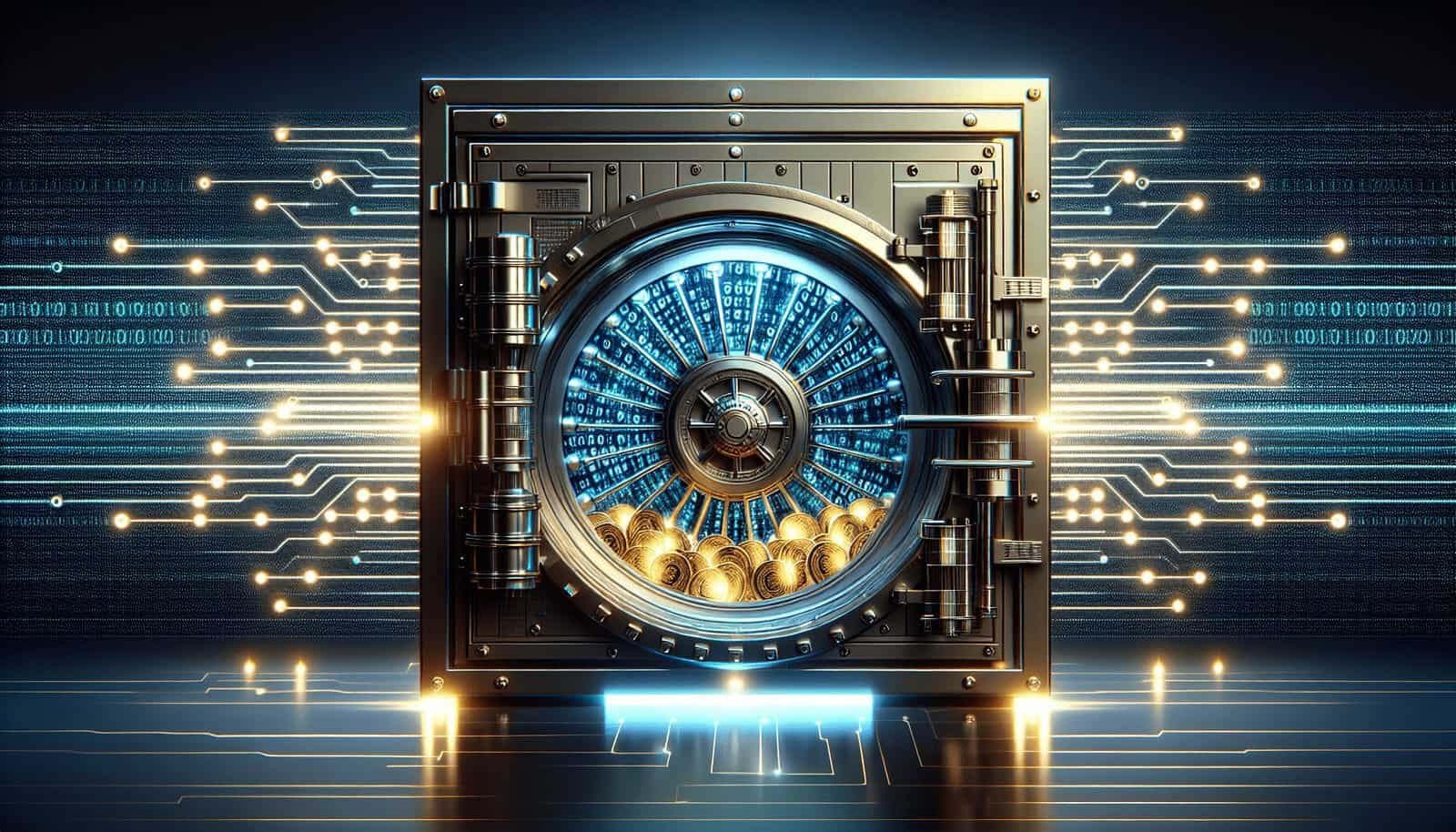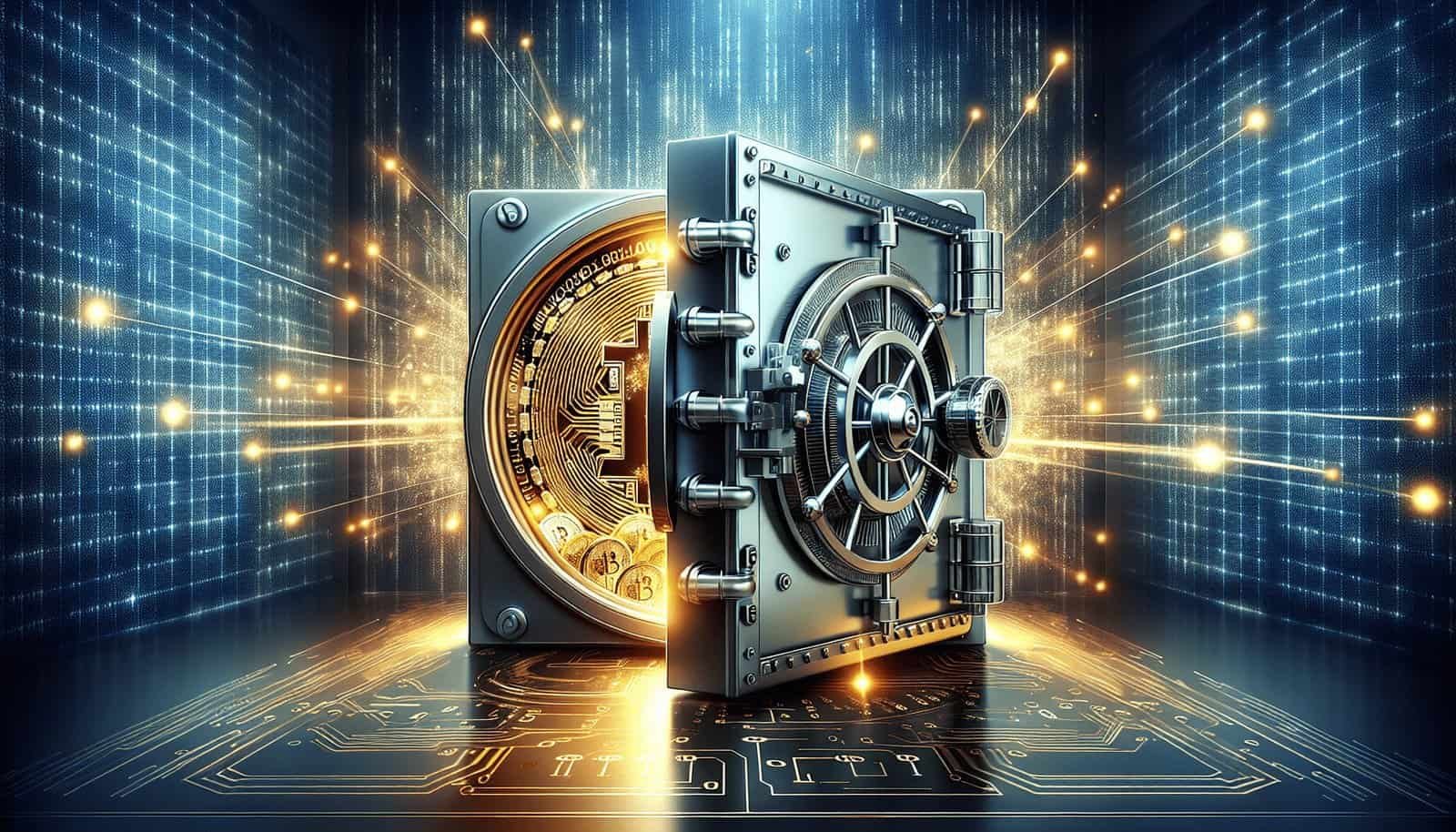Have you ever worried about the safety of your crypto investments? With the increasing value and popularity of cryptocurrencies, it’s only natural to have concerns about protecting your assets. As digital currencies become more mainstream, they also become more attractive targets for hackers. While cryptocurrencies themselves are generally secure, the platforms, exchanges, and storage solutions you use can be vulnerable if not properly managed. Let’s delve into practical ways to safeguard your investments from potential hacking threats.
Understanding the Basics of Cryptocurrency Security
Before diving into protection strategies, you must understand the foundational elements of cryptocurrency security. Cryptocurrencies operate on blockchain technology, which inherently provides a high level of security. However, vulnerabilities often arise from user practices and the security measures implemented within exchanges or storage solutions.
What is Blockchain Technology?
Blockchain is a decentralized ledger that records all transactions across a network of computers. Its decentralized nature makes it difficult for hackers to alter any data once it’s written into the blockchain. However, understanding this distinction is vital – while blockchain is secure, your interactions and storage of cryptocurrency might not be.
Why Cryptocurrency Security is Crucial
With crypto investments often dealing in high values, the financial incentive for hackers is significant. Many users might not realize that unlike conventional banking systems, crypto transactions are irreversible. Once a hacker gets access to your funds, recovery can be nearly impossible. This lack of regulatory protection underscores the importance of proactive security measures.
Choosing the Right Cryptocurrency Wallet
Your first line of defense is the cryptocurrency wallet you use. Wallets come in various forms, each offering different levels of security and convenience.
Types of Cryptocurrency Wallets
Hardware Wallets: These are physical devices, like USB drives, that store your private keys offline. The offline nature significantly reduces the risk of online hacks. However, ensure you have a backup in case of loss or damage.
Software Wallets: These are applications installed on your computer or smartphone. They are convenient but more susceptible to malware and hacking attempts compared to hardware wallets.
Online Wallets: Available through exchanges or other services, online wallets are the least secure since they are always connected to the internet. If you choose this option, ensure the service has strong security measures in place.
Paper Wallets: Essentially a physical printout of your private and public keys. They aren’t connected to the internet, thus immune to malware, but must be handled with care to avoid loss or damage.
Selecting the Secure Wallet for You
Your choice of wallet depends on how you plan to use your crypto. If you’re investing for the long term and don’t need frequent access, a hardware or paper wallet is advisable. For more active trading, a software wallet with strong security features could be suitable. Always use wallets from reputable sources and keep them updated.

Implementing Strong Password Practices
A robust password can act as a solid barrier against potential hacks. Passwords serve as the primary gatekeeper to your accounts, and weak passwords are often the easiest way for hackers to gain unauthorized access.
Creating a Strong Password
Your password should be a mix of uppercase and lowercase letters, numbers, and special characters. Avoid using easily guessable information like birthdays or common words. A password manager can generate and store complex passwords for you, providing an added layer of convenience and security.
Regularly Updating Passwords
Changing passwords at regular intervals reduces the risk of unauthorized access over time. Even though it might seem cumbersome, frequent updates are a necessary step in maintaining the security of your crypto accounts.
Enabling Two-Factor Authentication (2FA)
Adding an extra layer of security, Two-Factor Authentication (2FA) provides another checkpoint for verifying your identity. Many exchanges and wallets support 2FA, and it’s highly recommended to enable this feature wherever possible.
How 2FA Works
Typically, 2FA requires two forms of identification: something you know (like a password) and something you have (like a smartphone app or hardware token). This dual requirement makes it significantly harder for hackers to gain access, as they would need both your password and access to your second device.
Best Practices for 2FA
Opt for app-based 2FA over SMS-based verification when available, as SMS can be intercepted more easily. Applications like Google Authenticator or Authy are popular choices and provide a secure means to receive your authentication codes.

Educating Yourself on Phishing Attacks
Phishing attacks involve fraudsters attempting to trick you into providing sensitive information by disguising themselves as trustworthy sources. With the rise of online scams, staying aware of common phishing tactics is crucial in protecting your investments.
Recognizing Phishing Scams
Phishing scams often come via email or social media, masquerading as official communications from exchanges or wallet providers. They might prompt you to click on a link or download an attachment. Always scrutinize URLs and email addresses carefully, and avoid clicking on suspicious links.
Preventative Measures Against Phishing
Deploy email filters to catch potential phishing emails before they reach your inbox. Additionally, consider using browser extensions that warn you of phishing sites. Stay informed about common scams in the crypto world to recognize warning signs early.
Keeping Software and Devices Updated
Hackers frequently exploit vulnerabilities in outdated software and systems. Ensuring your devices and software are up-to-date is an easy yet effective way to protect yourself from known vulnerabilities.
Importance of Regular Updates
Software updates often contain patches for security vulnerabilities discovered after the release of a program. By keeping your operating systems, wallets, and antivirus software current, you’re closing potential entry points for hackers.
Automation and Manual Checks
Enable automatic updates where possible to ensure you receive security patches as soon as they’re released. For critical systems, perform periodic manual checks to ensure everything is up-to-date and review any update notes for additional security features.

Utilizing Secure Networks
Your internet connection can be another vulnerability. Using secure and trusted networks for accessing cryptocurrency accounts is imperative to safeguarding your investments.
Risks of Public Wi-Fi
Public Wi-Fi is notoriously insecure, as open networks can easily be intercepted by hackers. Avoid accessing crypto exchanges or wallets over public Wi-Fi. If necessary, always use a Virtual Private Network (VPN) to encrypt your connection.
Setting Up a Secure Connection
At home, secure your Wi-Fi router with a strong, unique password and use encryption services such as WPA3. This helps protect your network from unauthorized access and potential eavesdropping by hackers.
Choosing Reputable Exchanges
The exchange you choose acts as an intermediary for your cryptocurrency transactions. Not all exchanges offer the same level of security, so choosing the right one is paramount.
Factors to Consider When Choosing an Exchange
- Security Features: Look for exchanges that offer 2FA, cold storage, and regular security audits.
- Reputation: Research to ensure the exchange has a good track record and positive feedback from users.
- Insurance Policies: Some exchanges offer insurance for funds stored on their platform, providing an added layer of security in case of a breach.
Monitoring Exchange Activities
Even with a reputable exchange, you must remain vigilant about your account’s activity. Set up alerts for transactions and regularly review account statements for any unauthorized access or irregularities.

Diversifying Your Investments
Placing all your investments in a single location can be risky. Diversification within the crypto world is not just about spreading investment risk but also about enhancing security.
Spread Across Different Wallets and Exchanges
By using multiple wallets and exchanges, you limit the impact of any potential breach. Even if one account is compromised, other assets remain protected.
Reassess and Reallocate Regularly
Regularly review your holdings and account security. Reallocating assets based on changes in the security reputation of wallets or exchanges can be a proactive approach to maintaining a secure investment strategy.
Leveraging Cold Storage Solutions
Cold storage refers to keeping your cryptocurrencies offline, away from internet connectivity. This method of storing digital assets is often considered the most secure.
Benefits of Cold Storage
Cold storage eliminates the risk of online hacking because the private keys needed to access your cryptocurrencies are stored offline. This method is ideal for long-term storage of large amounts of cryptocurrency.
Implementing Cold Storage
Hardware wallets or paper wallets are examples of cold storage solutions. When using cold storage, ensure backups are made and stored securely to safeguard against physical loss or damage.

Staying Updated with Crypto Trends and Threats
The cryptocurrency landscape evolves rapidly, and staying well-informed is key to securing your assets against emerging threats.
Regularly Follow Trusted Sources
Engage with reputable news outlets, forums, and social media channels for updates on security threats, trends, and best practices. Following well-known industry experts can also provide valuable insights and warning signs about potential vulnerabilities.
Attend Webinars and Security Training
Participating in online events and training sessions can further enhance your understanding of crypto security. These platforms often offer pragmatic advice on protecting your investments and can keep you abreast of the latest security measures.
Establishing a Disaster Recovery Plan
Despite best efforts, there’s always a chance things might go wrong. Preparing a recovery plan in advance can mitigate the impact of any potential breach or data loss.
Creating Backups
Ensure that your private keys and recovery phrases are backed up in secure locations. Consider multiple physical backups stored in different places to prevent loss due to fire or theft.
Documenting a Step-by-Step Recovery Process
Outline clear steps to follow if you experience a breach, including who to contact and immediate actions to take. Having a documented plan helps you act swiftly and effectively under pressure.
Conclusion
Securing your crypto investments against hacking might seem daunting, but a blend of technology and careful practices can significantly reduce your vulnerabilities. By implementing these strategies, you’re taking imperative steps towards ensuring that your digital assets remain safe in an ever-evolving landscape. Remember, the responsibility largely falls upon you, given the decentralized and irreversible nature of cryptocurrency transactions. Stay informed, vigilant, and proactive in maintaining robust security protocols to give yourself peace of mind while navigating the exciting world of cryptocurrency.
